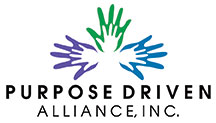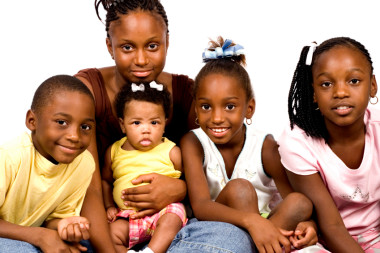PDA is passionate about helping others excel; therefore, we help fight the following charity causes.
Homelessness
Homelessness is becoming an epidemic to the point where numerous people are becoming homeless to include families.
In 2011, Prince George’s County Housing had 6,008 requests for shelter by individuals and of those requests 4,364 individuals were turned away. Unfortunately 46% were children and 70% were families.
In the Maryland, Virginia, and District Metropolitan area housing is expensive. Homelessness can happen to anyone for many different reasons. It can be from an illness, insufficient income, or even from domestic violence. When a woman or man decides to leave an abusive relationship, they often have nowhere to go. This is particularly true of women with few resources. Lack of affordable housing and long waiting lists for assisted housing mean that many women and their children are forced to choose between abuse at home and life on the streets. Approximately 63% of homeless women have experienced domestic violence in their adult lives (National Network to End Domestic Violence). Moreover, shelters are frequently filled to capacity and must turn away battered women and their children. In 2008, a majority of cities saw an increase in family homelessness, though a large number of foreclosures has also influenced this number. Yet, cities have been responsive. Barely any homeless families were found living on the streets in 2008 compared to 2007 when 25% of people living on the streets were families (U.S. Conference of Mayors, 2008).
Some cities have decided to combat the increase of homeless families by providing motel vouchers for the nights when the shelters are full. But, because of the nature of being a homeless family, it takes a longer period of time to find permanent housing. Compared with single men and women, families remained in emergency shelter, transitional housing, and permanent supportive housing longer (U.S. Conference of Mayors, 2008). There are a number of reasons for this finding, but domestic violence victims in have particular difficulty. Victims often have poor credit records and employment histories because of the violence they have experienced. Landlords often discriminate against victims if they have a protection order or any other indicator of domestic violence. If violence occurs in the home, landlords can evict their tenants, resulting in a victim becoming homeless because she was abused.
Source: National Coalition for the Homeless, www.nationalhomeless.org/factsheets/domestic.html
Domestic Violence
Domestic violence is often closer than you think. Many of us have experienced or witnessed domestic violence during our life time as a victim, observer, or offender.
Domestic violence is defined as emotionally and/or physically controlling an intimate partner, often involving tactics such as physical assault, stalking, and sexual assault (Domesticviolence.org). Approximately one out of every four women will experience domestic violence in her lifetime and 1.3 million women are victims of domestic violence each year. Victims of domestic violence lost about 8 million days of paid work because of the violence that they experienced. 4.1 million dollars is spent directly to on mental health and medical services for domestic violence victims (National Coalition Against Domestic Violence). Considering the cost and prevalence, as well as the direct relationship between housing and domestic violence, a majority of homeless women are victims of domestic violence. 28% of families were homeless because of domestic violence in 2008 (U.S. Conference of Mayors, 2008). 39% of cities cited domestic violence as the primary cause of family homelessness (U.S. Conference of Mayors, 2007.
Source: National Coalition for the Homeless, www.nationalhomeless.org/factsheets/domestic.html
Educational disparities
Our future is at risk because our children are not receiving a fair education.
U.S Department of Education 2009-10 Civil Rights Collection
7,000 sampled U.S. school districts:
- 3,000 schools serving nearly 500,000 high school students offer no algebra 2 classes, and more than 2 million students in about 7,300 schools had no access to calculus classes.
- Schools serving mostly African-American students are twice as likely to have teachers with one or two years of experience than are schools within the same district that serve mostly White students.
- Only 2 percent of the students with disabilities are taking at least one Advanced Placement class.
- Students with limited English proficiency make up 6 percent of the high school population (in grades 9-12), but are 15 percent of the students for whom algebra is the highest-level math course taken by the final year of their high school career.
- Only 22 percent of local education agencies (LEAs) reported that they operated pre-k programs targeting children from low-income families.
- Girls are underrepresented in physics, while boys are underrepresented in algebra II.
Youth-at-risk
Today our youth are at risk for many reasons and we need your partnership in this fight!
2011 Maryland Youth Risk Behavior Survey
Top 10 Major Health Concerns
- Bullying and harassment
- Protective factors
- Suicide
- Overweight and obesity
- Nutrition
- Physical activity
- Injury and violence
- Tobacco use
- Alcohol use
- Other drug use
International missions
- Building wells
- Providing other needs

